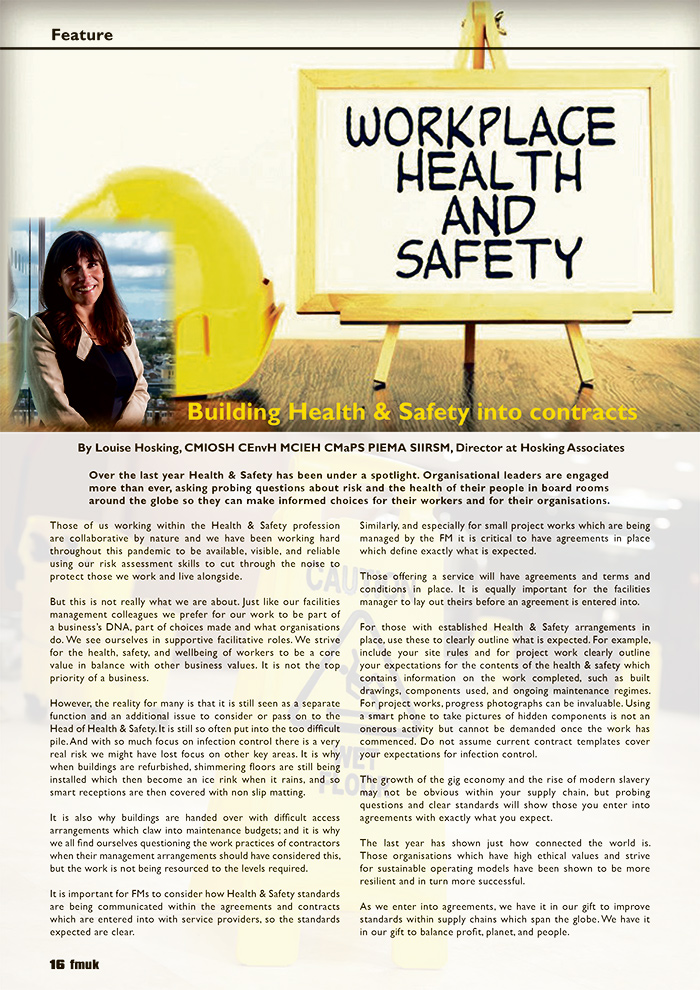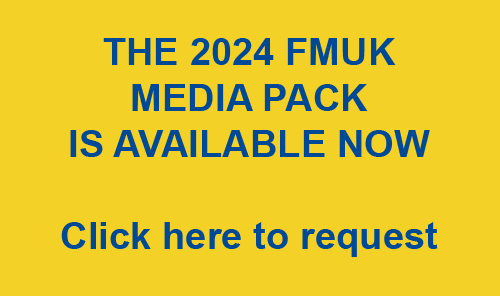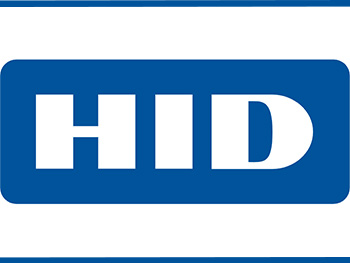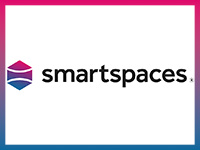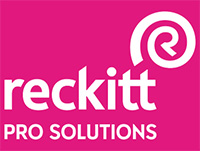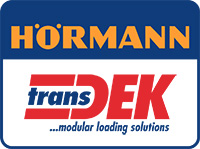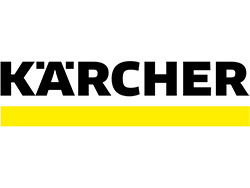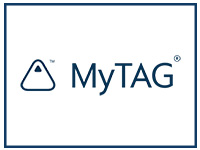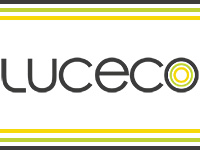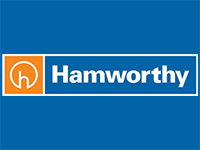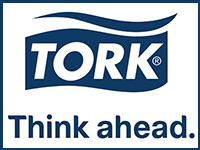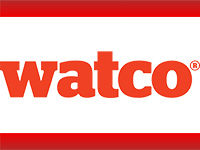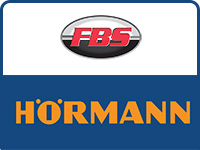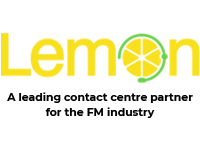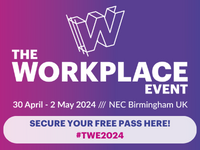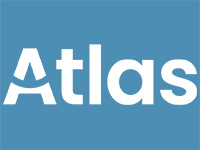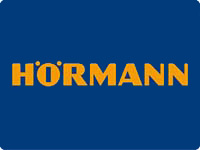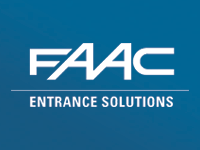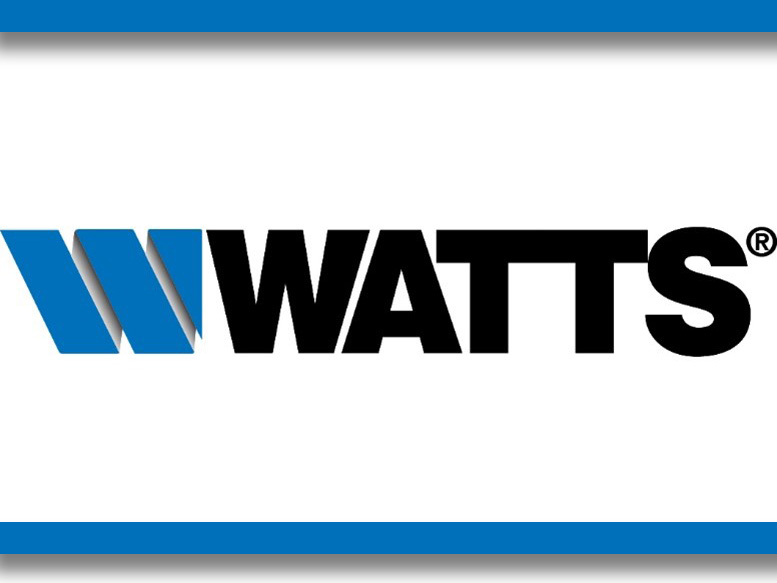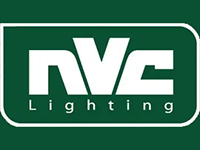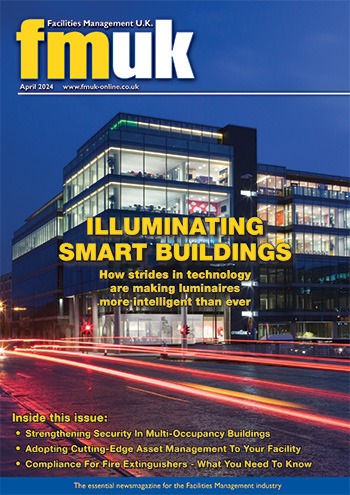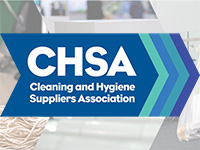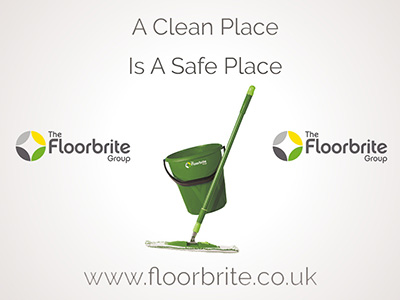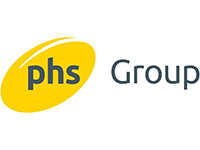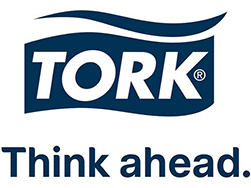Building Health & Safety Into Contracts
 By Louise Hosking CMIOSH CEnvH MCIEH CMaPS PIEMA SIIRSM, Director, Hosking Associates, IOSH Approved Training Provider
By Louise Hosking CMIOSH CEnvH MCIEH CMaPS PIEMA SIIRSM, Director, Hosking Associates, IOSH Approved Training Provider
Over the last year Health & Safety has been under a spotlight. Organisational leaders are engaged more than ever, asking probing questions about risk and the health of their people in board rooms around the globe so they can make informed choices for their workers and for their organisations.
Those of us working within the Health & Safety profession are collaborative by nature and we have been working hard throughout this pandemic to be available, visible, and reliable using our risk assessment skills to cut through the noise to protect those we work and live alongside.
But this is not really what we are about. Just like our facilities management colleagues we prefer for our work to be part of a business's DNA, part of choices made and what organisations do. We see ourselves in supportive facilitative roles. We strive for the health, safety, and wellbeing of workers to be a core value in balance with other business values. It is not the top priority of a business.
However, the reality for many is that it is still seen as a separate function and an additional issue to consider or pass on to the Head of Health & Safety. It is still so often put into the too difficult pile. And with so much focus on infection control there is a very real risk we might have lost focus on other key areas. It is why when buildings are refurbished, shimmering floors are still being installed which then become an ice rink when it rains, and so smart receptions are then covered with non‑slip matting.
It is also why buildings are handed over with difficult access arrangements which claw into maintenance budgets; and it is why we all find ourselves questioning the work practices of contractors when their management arrangements should have considered this, but the work is not being resourced to the levels required.
It is important for FMs to consider how Health & Safety standards are being communicated within the agreements and contracts which are entered into with service providers, so the standards expected are clear.
Similarly, and especially for small project works which are being managed by the FM it is critical to have agreements in place which define exactly what is expected.
Those offering a service will have agreements and terms and conditions in place. It is equally important for the facilities manager to lay out theirs before an agreement is entered into.
For those with established Health & Safety arrangements in place, use these to clearly outline what is expected. For example, include your site rules and for project work clearly outline your expectations for the contents of the health & safety which contains information on the work completed, such as built drawings, components used, and ongoing maintenance regimes. For project works, progress photographs can be invaluable. Using a smart phone to take pictures of hidden components is not an onerous activity but cannot be demanded once the work has commenced. Do not assume current contract templates cover your expectations for infection control.
The growth of the gig economy and the rise of modern slavery may not be obvious within your supply chain, but probing questions and clear standards will show those you enter into agreements with exactly what you expect.
The last year has shown just how connected the world is. Those organisations which have high ethical values and strive for sustainable operating models have been shown to be more resilient and in turn more successful.
As we enter into agreements, we have it in our gift to improve standards within supply chains which span the globe. We have it in our gift to balance profit, planet, and people.
